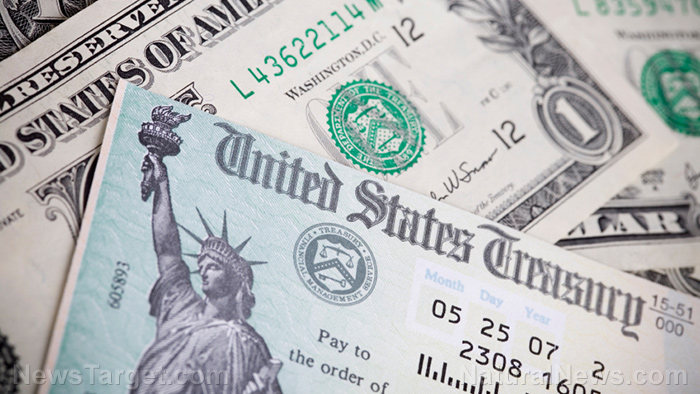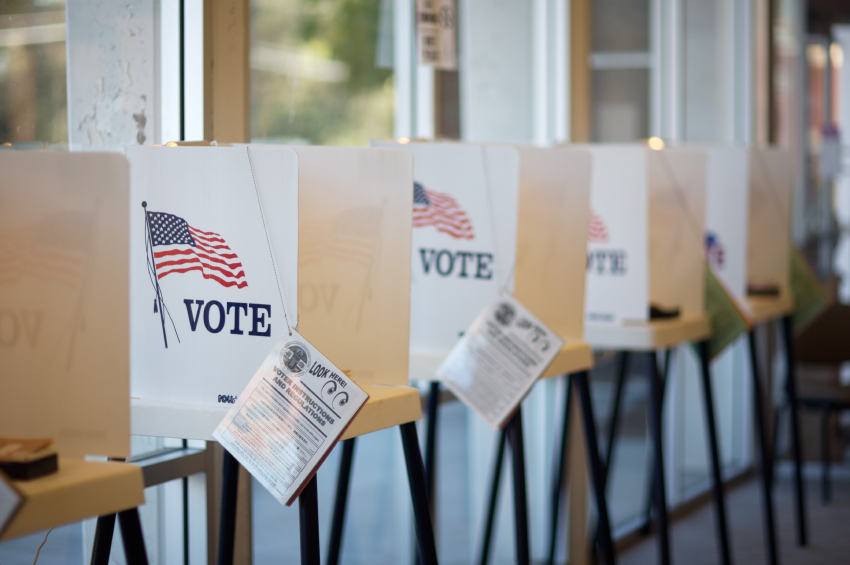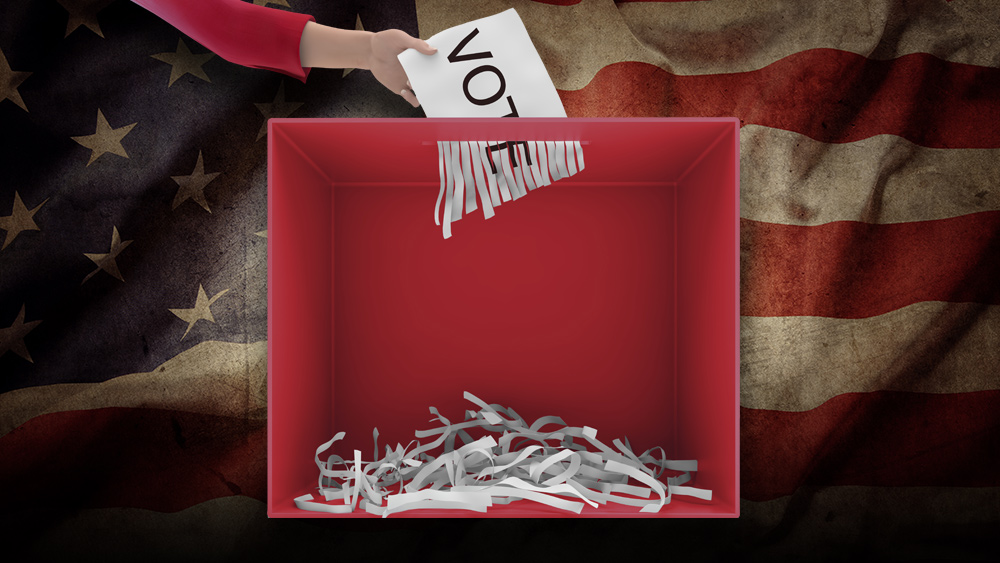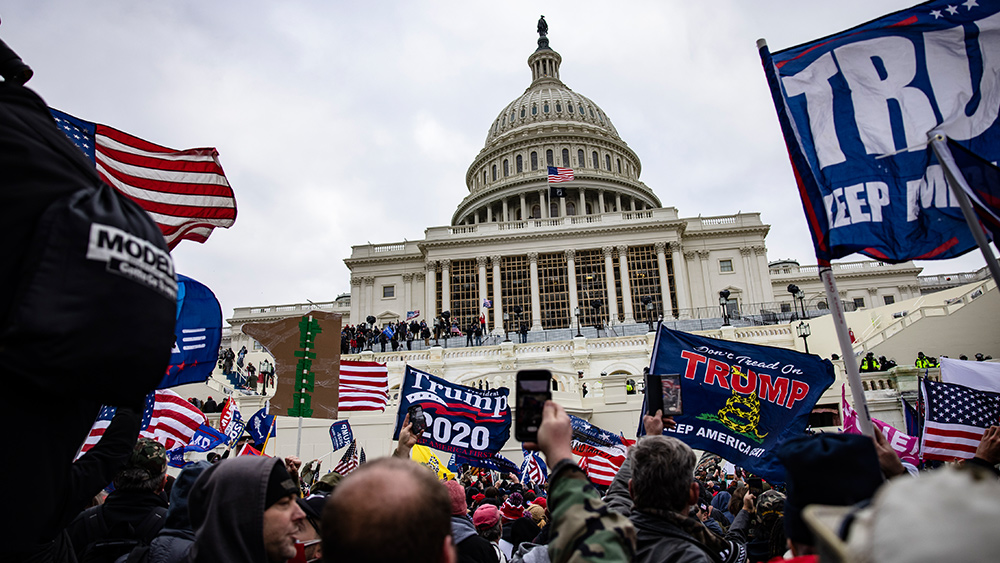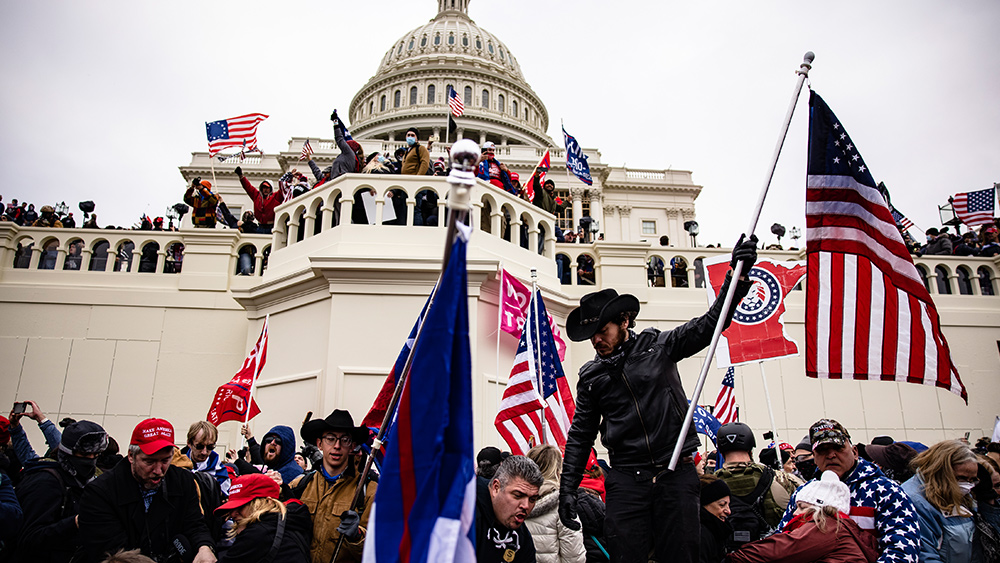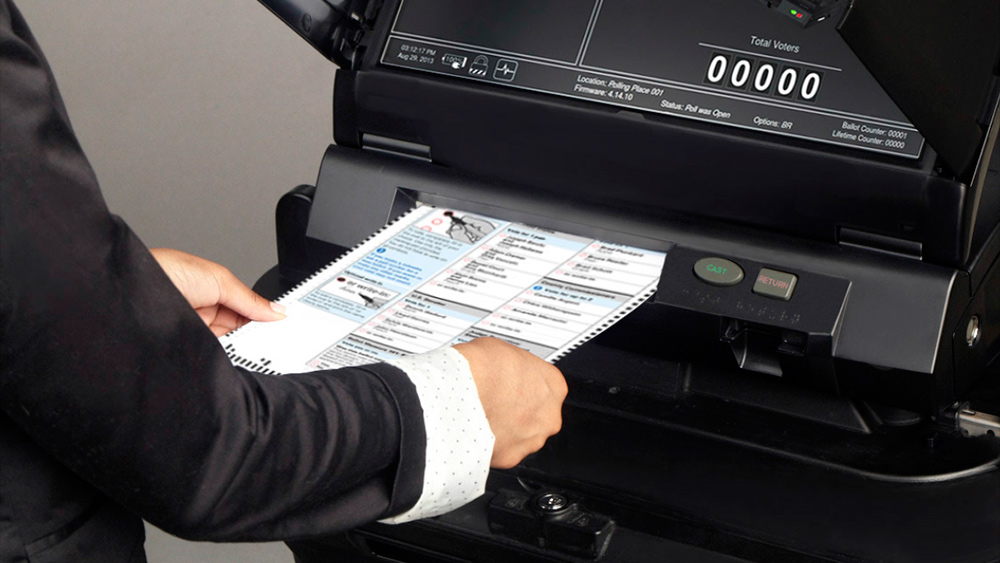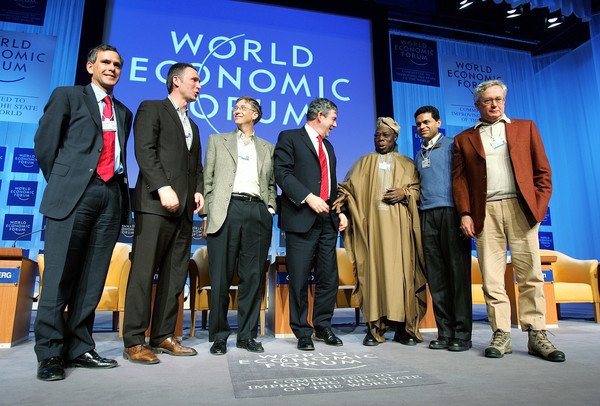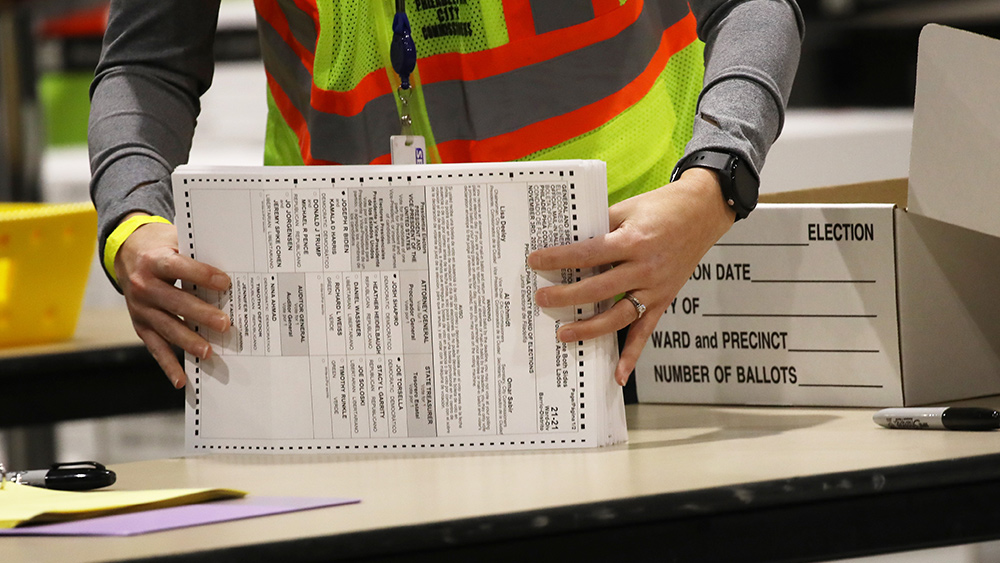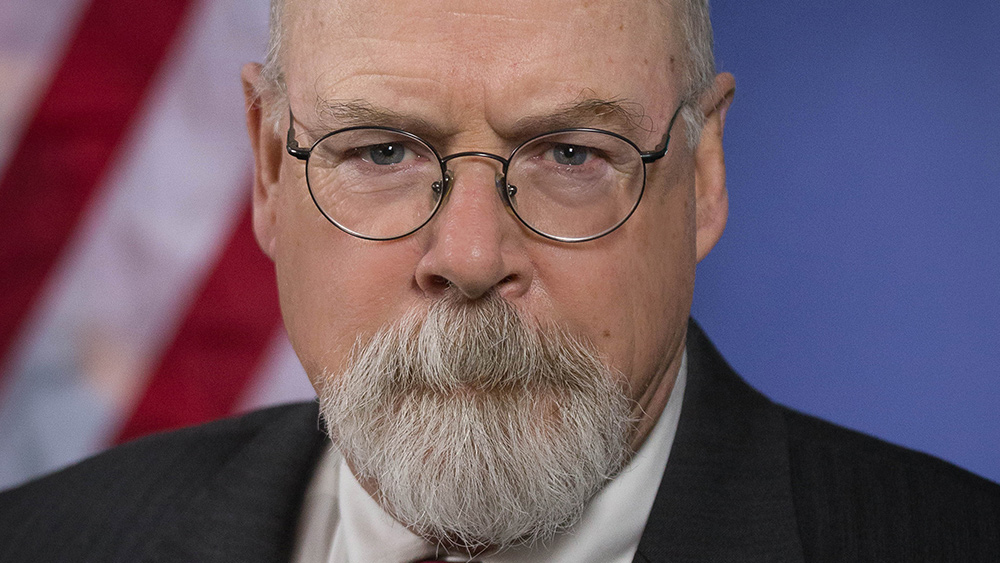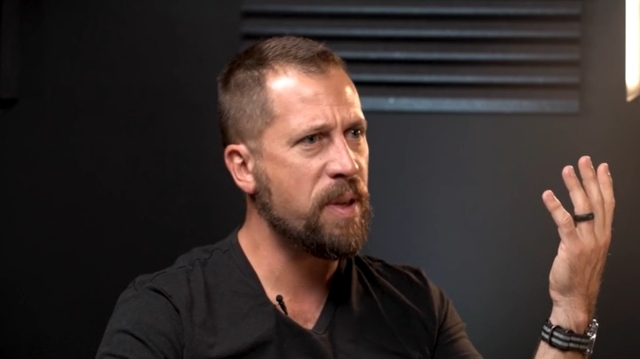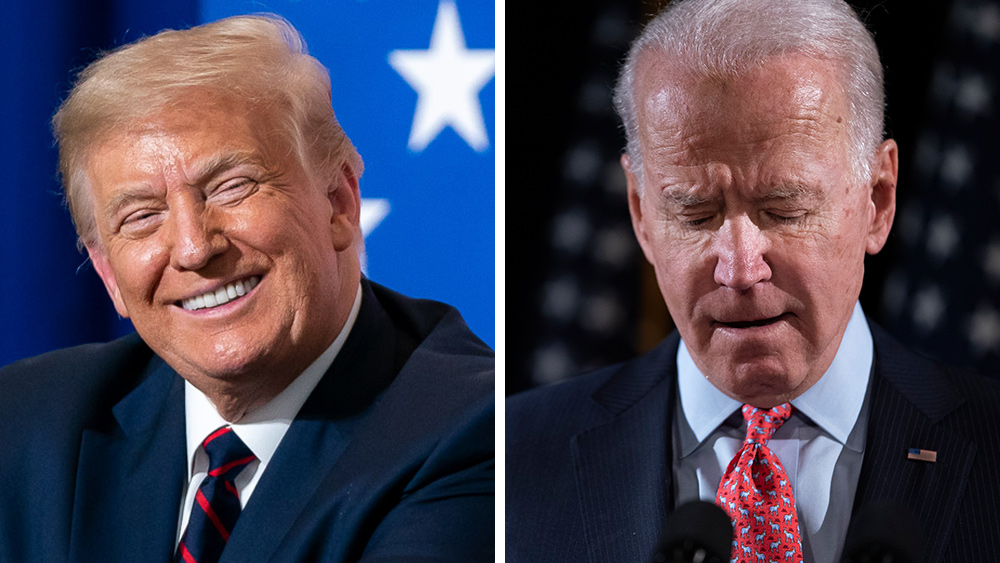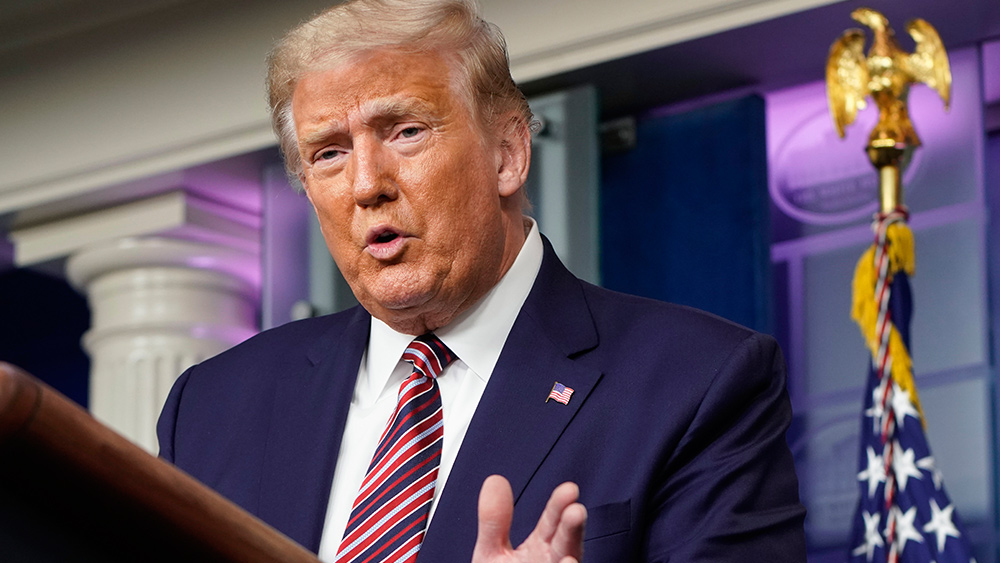Trump said his plan would include imposing a temporary moratorium on new federal regulations, reducing rates for income and corporate taxes, and establishing new provisions for working parents dealing with childcare costs. Trump attacked Clinton for supporting trade deals that he claimed resulted in the collapse of the city’s famed automobile industry. The Republican used his venue as the example of the administration’s failed policies saying, “Detroit is the living, breathing example of my opponent’s failed economic agenda. Every policy that has failed this city and so many others is a policy supported by Hillary Clinton.”
“She is the candidate of the past,” Trump said. “Ours is the campaign of the future.”
Clinton will offer her own economic vision in a speech in Michigan on Thursday. In a statement ahead of Trump’s speech, her campaign said his plan would give tax breaks to the wealthy and big companies, and would hurt working families and trigger a recession.
The Detroit speech was Trump’s first on the economy since announcing a 13-man team of economic advisers last week, which held its first conference call on Sunday. It also came after what was widely seen as his worst week as a presidential candidate for the Nov. 8 election.
A recurring theme, Trump proposed cutting the number of federal income tax brackets from seven to three and reducing the top rate to 33 percent from 39.6 percent. He had previously said he would drop that rate to 25 percent, an idea many tax experts said would dramatically reduce government income and balloon deficits according to Reuters. He called for a new deduction for childcare costs. There is now a tax credit for child and dependent care, which is determined based on income and capped at expenses of $3,000 for one individual or $6,000 for two.
The presidential candidate vowed to rewrite some international trade deals, including the North American Free Trade Agreement with Canada and Mexico that was signed into law in 1994 by Clinton’s husband, then-President Bill Clinton. Critics blame NAFTA for costing American jobs. Trump, whose core support is among white blue-collar workers, has long targeted Mexico with a proposal to keep illegal immigrants out by building a wall along the southern U.S. border.
Trump also repeated his plan for a 15 percent corporate tax rate. The current corporate rate is 35 percent, and Republicans have long sought to reduce it. Trump’s Detroit event gave him a chance to outline substantive policy proposals before a key audience of business leaders.
His plan would allow business to write off investments immediately instead of waiting until the end of the year, cut regulations “massively” and lower the business tax rate to 15 percent. That, he said, will “cause trillions in new dollars and wealth to come pouring into our country — and into cities like Detroit.”
“No one will gain more from these proposals than low- and middle-income Americans,” Trump added.
The businessman hammered his theme of “America First” through relentless repetition, casting himself as the defender of American prosperity and Clinton the advocate of globalist policies that he alleged favored other countries, leaving American workers in their dust. According to The Hill, he repeated the words “America” or “American” no fewer than 14 times in the final 18 sentences of his speech.
“We will put new American metal into the spine of this nation,” he said. “It will be American hands that rebuild this country, and it will be American energy — mined from American sources — that powers this country. “Our country will reach amazing new heights.”
Trump had previously announced a tax plan in September but the plan prompted significant criticism for adding to the deficit by about $10 trillion, according to one estimate from the nonpartisan Tax Foundation. But the campaign had repeatedly denied Trump would make any changes to that plan until now.
Curiously, Trump has had trouble separating himself from Clinton on economic issues, the hallmark of his campaign as a real estate magnate turned Republican nominee. Despite leading Clinton in a handful of polls from earlier in the campaign, he’s lost ground. Each of the past two ABC News/Washington Post polls, including one released Sunday, found the two candidates tied on who voters trust more to handle the economy.
* * *
Courtesy of Bloomberg, here is a breakdown of how Trump’s policies compare to the status quo, and those proposed by Hillary:
On Energy:
Trump’s proposal: He wants to undo President Barack Obama’s signature climate actions — revoke executive action on carbon emissions, grant TransCanada Corp.’s bid to build the Keystone XL pipeline and cancel an international agreement to limit global warming through new environmental standards. He wants to expand offshore drilling and revive coal. He says his plan to lift restrictions on the energy industry could boost output by $100 billion a year.
Current situation: Obama rejected Keystone and signed the U.S. to a United Nations pact to curb temperature increases. To bypass Congress, Obama used his executive powers to require reductions in greenhouse gases emitted by U.S. power plants. He also halted all new mining projects on federal lands.
Clinton’s take: The broad strokes are basically a continuation of Obama’s policies with a detail-rich focus on clean energy jobs and renewable energy, particularly solar. On the campaign she said she would put a lot of coal miners out of business and that fracking needs to be highly regulated.
On Personal and Corporate Taxes:
Trump’s proposal: Trump calls for lowering tax rates on businesses and individuals, terming the reductions as the biggest since Ronald Reagan. He would slash business income tax rates to 15 percent and consolidate the existing seven individual income tax rates to just three — at 12 percent, 25 percent and 33 percent. Trump also wants to end corporations’ ability to defer paying taxes on their overseas income and he’d institute a “deemed repatriation tax” of 10 percent on more than $2 trillion in income that companies have stockpiled overseas.
Current situation: Under current law, the top statutory tax rate for corporations is 35 percent. Also, companies can defer taxes on their offshore income until they decide to bring the earnings back to the U.S., or repatriate them.
Clinton’s take: Clinton would create a new 30 percent minimum tax rate on individuals earning over $1 million, and add a 4 percent surtax on income over $5 million. She has also proposed a tax on some high-frequency trading transactions and an “exit tax” on the unrepatriated earnings of U.S. firms that are shifting their tax addresses offshore via corporate inversions.
On Trade:
Trump’s proposal: Trump wants to narrow the trade deficit, renegotiate NAFTA, withdraw from the Trans-Pacific Partnership, and label China a currency manipulator.
Current situation: America’s annual trade deficit has been lower in recent years than it was before the financial crisis, but the nation still imported $500.4 billion more in goods and services than it exported in 2015. NAFTA has been a topic of debate since its 1994 inception. The TPP, a trade agreement among Pacific Rim countries, is still awaiting ratification.
Clinton’s take: Clinton has also said that she’d like to renegotiate NAFTA, opposes the TPP and wants to prevent countries like China from abusing global trade rules by strengthening enforcement. In addition, she’s proposed a program that would discourage companies from shifting jobs and profits overseas.
On Childcare:
Trump’s proposal: His plan allows American families to exclude childcare costs from taxable income, deriding it as the single-biggest expense for most families.
Current situation: The U.S. has retained the unsavory distinction of being the third-most expensive for childcare among 34 countries, according to 2012 data from the Organisation for Economic Cooperation and Development. Those bills have proven to outpace rent and tuition costs in most states, often threatening to derail parents’ plans around housing and employment.
Clinton’s take: Her proposal on childcare includes tax relief, but is more focused on government support and broader investments in early childhood education, while pledging to ensure that no family has to spend more than 10 percent of income on high-quality care.
On Regulation:
Trump’s proposal: Trump proposes a moratorium on new agency regulations, and said he’ll eliminate ones deemed unnecessary. Trump has previously said he intends to repeal the Dodd-Frank Act, sweeping bank reforms that put new capital requirements on big banks and banned proprietary trading in the wake of the financial crisis.
Current situation: Most Dodd-Frank rules are near completion or final.
Clinton’s take: Clinton has promised to reign in Wall Street by enforcing Dodd-Frank and vetoing any legislation that weakens it, as well as possibly looking at other regulations.
* * *
Naturally, this being a Trump speech, it did not come take place without its share of interruptions and provocations. Protesters repeatedly interrupted Donald Trump as he laid out his economic platform in a highly publicized address at the Detroit Economic Club. According to a tabulation by The Hill, the GOP presidential nominee was interrupted 10 times in the first 20 minutes of his address, and a total of least 14 times by protesters, who, at regular intervals, tried to tempt the GOP nominee to depart from his TelePrompter notes and lash out at them in ways that would surely create more unwanted distractions for his campaign.
He generally refused to engage them, instead waiting for security to escort those interrupting his address out of the hall. But after the 10th interruption, he made a comments about how supporters of Bernie Sanders, the Vermont senator defeated by Hillary Clinton in the Democratic primaries, had “far more energy and spirit.”
Trump has sought to win over Sanders supporters stung by Clinton’s victory. The audience in Detroit booed as each protester was taken out. Trump stood at the lectern smiling and shrugging his shoulders, thanking the audience for cheering to drown out the interruptions.
After the third protest, Trump joked briefly about the number of the people attending the club’s event with him as the keynote speaker. “This is what happens when you go from 35 people to close to 2,000 people, I guess,” he said with a smile.
By the fourth interruption, he raised his voice to talk over the protester, continuing that strategy as the speech continued. The reserved response is a departure from how Trump typically handles protesters at his campaign rallies. At those events, he regularly engages with those who break into his speeches, sometimes yelling at security to remove them.
But Trump stayed calm. He smiled, said, “Thank you, thank you,” and let his audience drown out the protesters with boos. “It’s all very well planned out,” he said, sarcastically, of the interruptions that cropped up every few minutes.
Read more at: zerohedge.com




